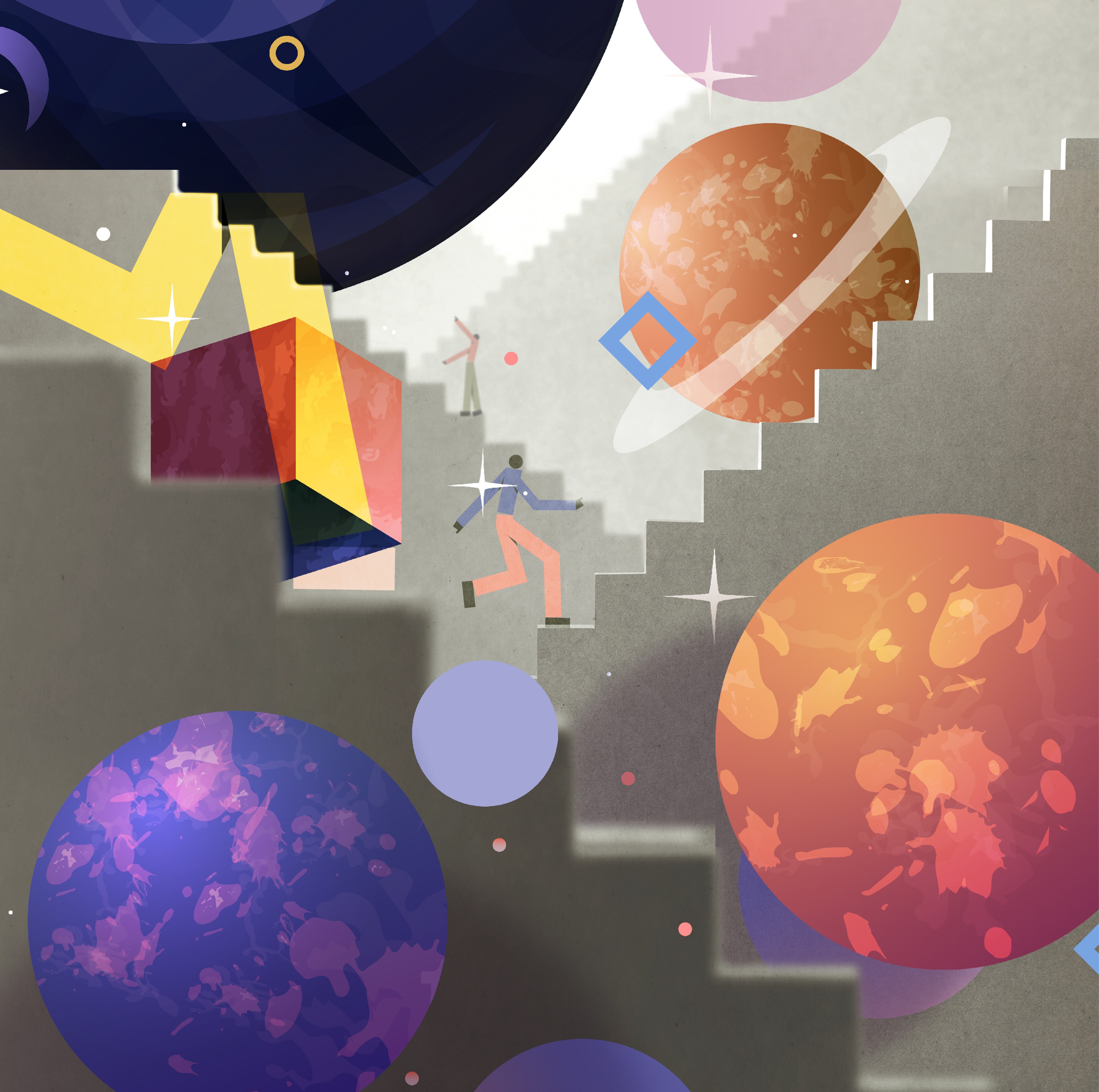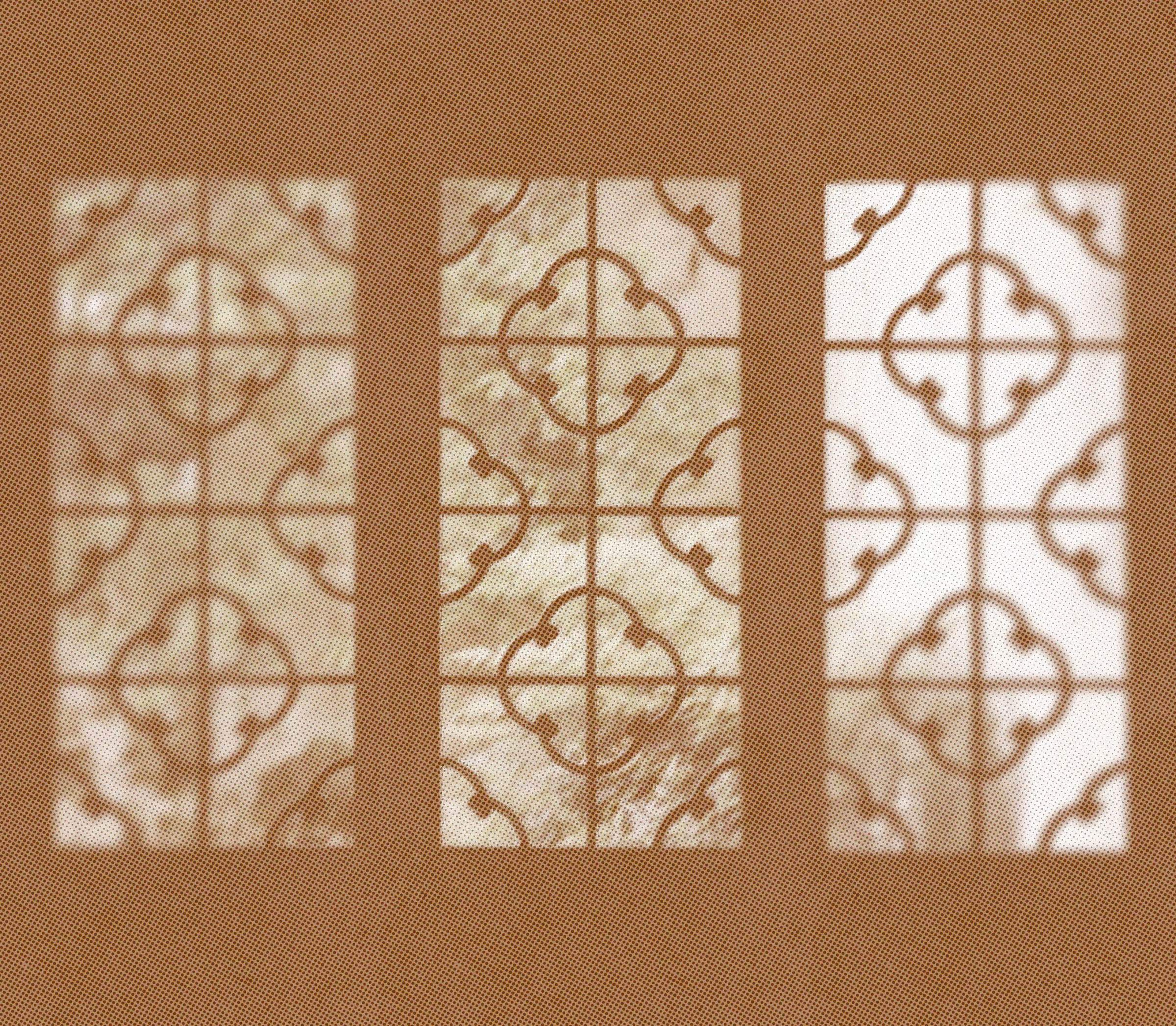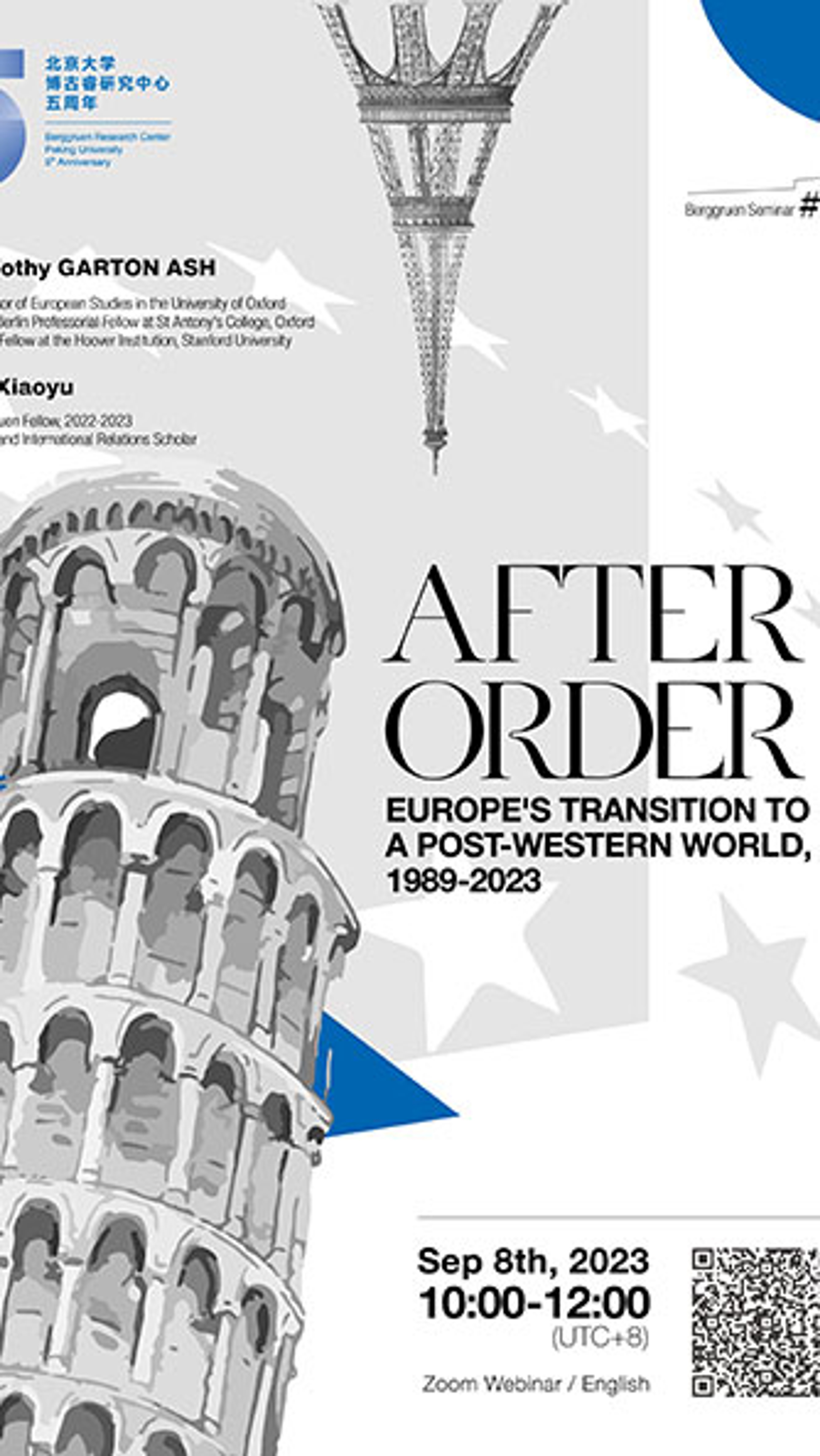Imperfect Genes: Human Evolution with the Origin of New Genes
- Date: January 29, 2020
Topics:
1) Are we a different species?
2) Do we have perfect biological properties?
3) Does evolution create perfect genes?
Presenter:
LONG Manyuan, Edna K. Papazian Distinguished Service Professor, University of Chicago
LONG Manyuan is currently the Edna K Papazian Distinguished Service Professor at the University of Chicago. Since his doctoral research, he has been investigating the problem of gene origination in organisms throughout his academic journey from UC Davis, Harvard to Chicago. While observing various fascinating processes and functional consequences of new gene origination, he was impressed by the imperfection of genes in functions and evolution from humans to fruit flies. He was further struck by an observed fact that the imperfection appeared to be a normal and basic property of genes. He is an author of 180 research papers, reviews and commentaries and editors/authors of 4 books in evolution and genetics. Nature, an internationally most influential scientific magazine, recently published a Feature Article to report the research progresses of him and his colleagues in the new gene evolution.


In early December, Manyuan Long, Ph.D., Edna K. Papazian Distinguished Service Professor, held a discussion at the Peking University Law School Pin Café on the topic of “Imperfect Genes: Human Evolution with the Origin of New Genes”.
Long first reported on the new gene in the magazine Science in 1993 and named it the Jingwei gene. Over the two decades that followed, his laboratory’s research on new genes has sparked a strong response from both the academic community and the public.
With better and cheaper transportation and a more globalized economy, people from different regions will converge. Future humans will be less isolated geographically and individual genetic sources will become more complex and mixed. The premise of a “clash of civilizations” will gradually cease to exist, and as such the way humans interact today will also change.
During the session, Professor Long drew on his decade of research to discuss “imperfect genes, imperfect humanity,” starting from new genes and human evolution, “There are many millions of species on Earth, coming in varying forms and with different characteristics, but all trace back to the same ancestor,” he said. “Genes form the basic units of life, and the number of genes across different species ranges from just a few to over 150,000, covering five orders of magnitude. New genes, with their death, can explain such huge variance between species that share common ancestors.
“New genes refer to genes produced at a relatively recent stage in the evolutionary process, or younger genes produced via the replication of older genes. As the basic unit of life, understanding the production and evolution of new genes is the most important and fundamental question in explaining life.”
Long cited the genetic evidence on the Y chromosome and Ernst Mayr’s concept of biological species to show that the people on Earth are the same species and have no reproductive isolation between them. Historically, some morphological variations have resulted from geographical separation, adaptation to the environment, and the acquisition of a small number of genes from ancient humans. However, the history of human separation is very short, for example, between Caucasians and Chinese is just 2,000 to 3,000 generations, which, in evolutionary terms, can be likened to yesterday.
Long discussed the following factors when looking at future human evolution and considering contemporary development. With better and cheaper transportation and a more globalized economy, people from different regions will converge. Future humans will be less isolated geographically and individual genetic sources will become more complex and mixed. The premise of a “clash of civilizations” will gradually cease to exist, and as such the way humans interact today will also change.
“New genes create the human brain,” said Long. “Humans have an extremely large cranial capacity, approximately 3.5 times that of chimpanzees, which are considered our close relatives. Archeological fossil evidence shows that the gradual increase of human cranial capacity is closely related to the human ability to use tools and fire, pursue artistic creation, and think in abstract terms. Over the four million years since the divergence between humans and chimpanzees, 54 new brain-related genes have been produced, all of which are expressed in the prefrontal and temporal lobes of the human infant’s brain. These two lobes are closely related to humans’ complex cognition and language abilities. However, as a product of evolution, humans are not perfect although genetic changes have resulted in unique human characteristics.”
Long further stating that “such imperfection is considered in the light of the fitness of biological individuals, and such fitness is an objective indicator of the number of biological offspring.”
In an anatomical sense, some human characteristics are not optimal. For example, the recurrent laryngeal nerve sends brain instructions to the laryngeal muscles. Optimal design would directly connect the throat with the brain, and yet in fact, the human recurrent laryngeal nerve starts from the brainstem and detours around the large aorta of the heart, before turning 180 degrees toward the throat. The longer recurrent laryngeal nerve lowers the speed and efficiency of information transmission and is more vulnerable. Such imperfection is attributable to the history of human evolution. Humans and fish trace back to the same ancestors, and the recurrent laryngeal nerve of the fish is located behind the aorta. A more extreme example of such limitation imposed by the evolutionary history is the giraffe’s recurrent laryngeal nerve, which is more than 4 meters long.
Long further stated that human beings are not only imperfect anatomically, but also imperfect in their decision-makings. University of Chicago economist Richard Thaler elaborated in his book Nudge: Improving Decisions about Health, Wealth, and Happiness on how humans often make irrational decisions. The well-known Asch conformity experiments also show that humans often make judgments or demonstrate behaviors that violate rational rules due to social pressure.
Long continued, “At the genetic level, imperfection is actually the norm, the dynamics of life evolution create this norm of genetic imperfection.” He explained the “imperfect gene,” citing his laboratory’s recent research on fruit bat flies. About 20 million years ago, a gene in the drosophila melanogaster produced two genes through replication, Apollo and Artemis. By knocking out the Apollo gene of fruit bat flies through gene editing technology and destroying its function, it was found that male reproductivity is lost, but female reproductivity increases. In contrast, if the Artemis gene and its functions are damaged, female reproductivity is lost, but male reproductivity increases. This demonstrates that the Apollo and Artemis genes are necessary for male and female reproduction respectively, but at the cost of the reproductivity of the other gender. The two genders share most of the genomes, but each have different reproductive interests. The genetic imperfections caused by such differences are common, and these findings apply to humans also.
In the subsequent exchanges and discussions, Long discussed genes lagging behind human society, which further adds to the idea of gene imperfection. The process of natural selection is slow and measured in terms of hundreds of generations. Genetically, we are not too far different from our human ancestors living 40,000 years ago. However, human development is so rapid that genetic changes are unable to keep up with human development. For example, according to the Thrifty Gene Hypothesis, the beneficial “thrift genes” in the past help humans survive in times of food scarcity by making full use of nutrition. But nowadays excessive food supplies may cause diabetes, obesity, and other health problems.




















